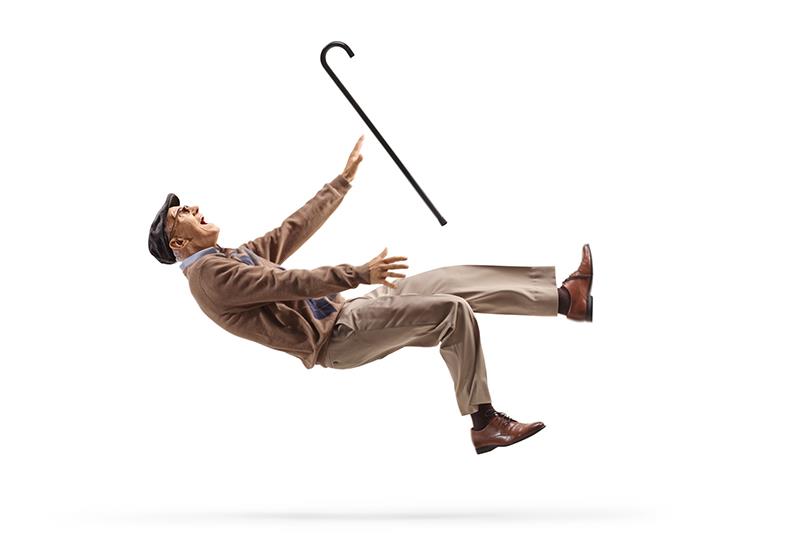Frailty, fear of falling affect exercise decisions in older adults





A study suggests that frailty and fear of falling appear to be critical considerations for exercise among older adults in Singapore.
Fear of falling, or ptophobia, was initially defined as a phobic reaction to standing or walking. [Acta Med Port 2009;22:83-88] The concept has since expanded to include reductions in balance self-efficacy, fearful anticipation of falling, and/or an aversion to activity owing to the prevailing fear of falling. [Clin Interv Aging 2019:14:701-719; J Geriatr Phys Ther 2013;36:13-23]
In older individuals, the prevalence estimates for fear of falling range between 20 percent and 39 percent overall and between 40 percent and 73 percent among those who have already experienced a fall. This fear limits their mobility, subsequently leading to loss of independence, deconditioning from activity restriction, greater risk for subsequent falls, reduced social activity, and impaired quality of life. [Geriatr Nurs 2018;39:170-177; Asian Nurs Res 2008;2:214-222; PloS One 2016;11:e0150612]
“Fear of falling and frailty are associated with falls and functional decline,” noted the investigators from the National Healthcare Group Polyclinics. “Frail older adults may thus decrease their physical activity due to fear of falling.”
In fact, in one study, more than half of adults over 50 years did not exercise regularly during their leisure time.
The current study comprised 172 adults (mean age 76 years, 69.8 percent women, 89 percent Chinese). The data were collected from seven primary care clinics in Singapore between 2022 and 2023. [Chan, et al, WONCA 2024]
Exercise levels were self-reported using the Incidental and Planned Exercise Questionnaire. Those who had ≥150 minutes of exercise per week were considered to have met the exercise recommendation. Overall, nearly two-thirds (62.2 percent) of participants did not meet the exercise recommendation.
Fear of falling was estimated using Short Falls Efficacy Scale-International, wherein a score of 14 or greater equated to a high fear of falling. In the study, 45.3 percent of participants had a high fear of falling.
In this subgroup of participants with a high fear of falling, 70.5 percent did not meet the exercise recommendation. Among those with a low fear of falling, the corresponding percentage was 55.3 percent. A comparison between groups yielded a p-value of 0.041.
The Clinical Frailty Scale (CFS) was used to assess frailty, with higher scores denoting increased frailty. A majority of the participants fell under CFS 3 (managing well; 55.8 percent), while 22.7 percent were categorized as CFS 4 (vulnerable). CFS 1 (very fit) and CFS 6 (moderately frail) had the fewest participants at 1.7 percent and 2.3 percent, respectively.
Nearly 80 percent of participants in CFS 4 did not meet the exercise recommendation, as opposed to only a third in CFS 1 and 2 (p=0.033). In the respective CFS 3 and 6 subsets, 60.4 percent and 75 percent of participants did not meet the exercise recommendation.
“[Taken together,] fear of falling and frailty, including very mild frailty, are important factors to consider for increasing exercise among older adults,” the researchers concluded.
Some studies recommend physical-activity interventions focusing on muscle strengthening, balance improvement, and mobility training to mitigate the fear of falling among frail and pre-frail older adults. [J Am Geriatr Soc 2005;53:1168-1178; Age Ageing 2011;40:637-641; Med Sci Monit 2014;20:2283-2291; Int J Environ Res Public Health 2020;17:3102]